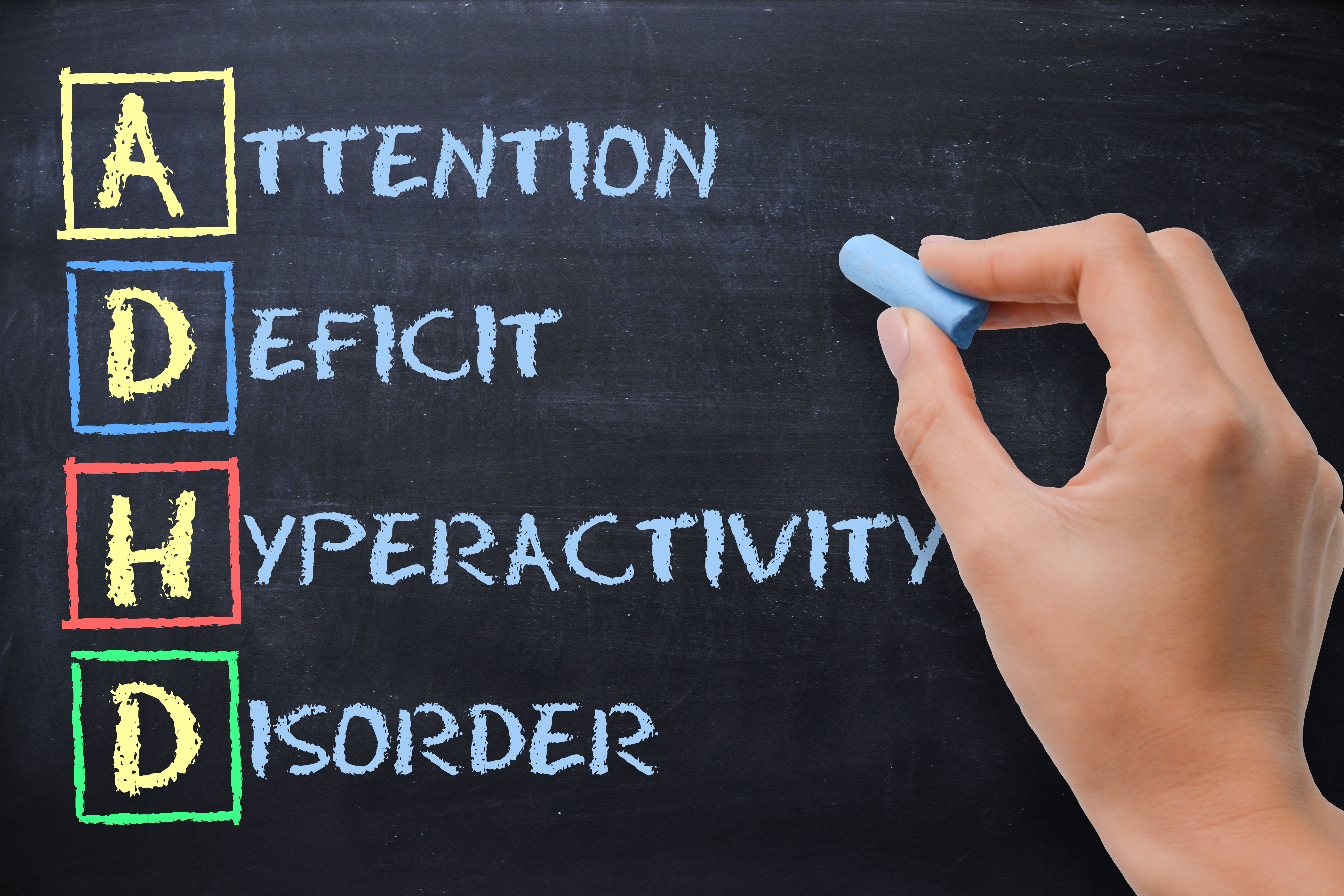Monitoring Response to Attention-Deficit Hyperactivity Disorder Medication
Analysis reveals how QbTest is used to measure the effectiveness of ADHD drugs.

Attention-deficit hyperactivity disorder (ADHD)—a condition that often manifests during early childhood—has a prevalence rate of approximately 5%. Although it is believed to emerge during one’s early childhood, it often goes undiagnosed prior to a child’s school years. Because pharmacological treatments are necessary for many patients with the condition, effectively monitoring treatment effects is of the utmost importance, according to the authors of a study published by Clinical Practice & Epidemiology in Mental Health.1
ADHD is believed to be one of the most common mental health conditions in childhood and adolescence.
The disorder often revolves around three main symptoms:
- Inattention
- Hyperactivity
- Impulsiveness
If not properly treated, ADHD can potentially result in job instability, drug and alcohol abuse, and increased healthcare costs, as well as an increased mortality rate. There are also certain comorbid conditions that, if left undiagnosed and untreated, can result in higher costs, compared to if the disorder and comorbid conditions were treated separately.
As similarly noted in other drug sectors, medication adherence has been a prominent challenge, which is believed to affect the course of pharmacological treatment. Over the past couple decades, stimulant treatment for ADHD has been on the rise, and approximately 50% of children in the United States are being treated with pharmacological medication.
In order to help address these challenges, the study authors conducted a systemic review of relevant articles to explore the effectiveness of Qbtest—a provider of objective ADHD tests—to monitor medication treatment response. In other words, the goal of the analysis was to examine the works published from 2004 through July 2013 that measure QbTest’s ability to identify changes in test performance as it pertains to the measurement of treatment response when monitoring medication effects in ADHD.
For the studies to be included, criteria included that:
- Clinical studies must measure the monitoring of medical treatment intervention using QbTest in assessing treatment response.
- Subjects of both genders must be at least 6 years of age.
- Reference standards for ADHD diagnosis should be based on a clinical diagnosis according to the DSM or ICD criteria (or an equivalent standard).
- Peer-reviewed journal article selections are in English, but there is no restriction on the location of the study.
The search found 50 unique articles; twenty articles were examined considered further for eligibility, while the remaining 30 did not meet the requirements. Three articles were duplicate publications, and two studies were inconclusive, leaving 15 articles to be included in this review. Thirteen articles included patients diagnosed with ADHD and two studies related to hyperkinetic disorder and Autism Spectrum Disorder evaluated the QbTest in medication treatment.
Qbtest uses a high-resolution motion tracking system alongside a computerized “Go/No-Go” paradigm for children. With this paradigm, participants press a handheld responder button every time a circle appears on-screen and withhold a response when a cross appears in front of the circle.
The process differs for adolescents and adults. In this instance, a one-back task featuring four types of stimuli is presented; the target stimulus is defined as the stimulus that is identical in shape and color to the one preceding it. An infrared camera tracking the reflection path that is attached to the center of the participant’s forehead measures physical activity during the test.
The elements of the test are visually displayed in a report that provides information on each of ADHD’s symptom domains (QbActivity, QbInattention, QbImpulsivity). Then, summary scores of each participant are gathered—based on deviations from a normative dataset based on age group and gender.The QbTest is able to separate and evaluate the primary disorder on a behavioral level. The results from the test are presented as raw scores as well as percentiles and Q-scores that are calculated using an age- and gender-adjusted norm group.
After examining the aforementioned studies, the number of patients in each study ranged from 30-364, an amount that could be considered an acceptable sample size for diagnostic evaluation.Meanwhile, ages of the participants ranged from 6 to 61 years. Geography-wise, the majority of the studies were performed in Europe, except one study that was completed in the United States. Per the authors’ review, methylphenidate was found to be the most common medication, with 12/15 analyzed studies confirming this finding.
Four studies presented statistically significant reductions in total Q-score, whereas three studies found a statistically significant improvement collected from the size estimates.In six studies, a statistically significant enhancement was found in QbTest variables or cardinal domains after medication treatment. In one study, the total Q-score was lowered but did not qualify as statistically significant because the QbTotal data were calculated manually, and another study showed the total Q-score did not change.
Overall, said the authors, “a decrease in QbTest Q-scores in the clinical magnitude range was found in the majority of the studies when treated with any type of ADHD medication in therapeutic doses, both in comparison to placebo and compared from baseline to endpoint treatment. This pattern was seen both in short-term (over course of a day) and in long-term (≥ one year) studies. Based on these findings, our conclusion is that QbTest can distinguish medication treatment effects within hours of dosing and can also be used as an aid in the monitoring of long-term treatment of ADHD.”
Reference
1. Gustafsson U, Hansen, M. QbTest for Monitoring Medication Treatment Response in ADHD: A Systematic Review. Clinical Practice & Epidemiology in Mental Health. doi.org/10.2174/0117450179276630231030093814. Published November 3, 2023. Accessed January 8, 2024.
The Digital Transformation Reshaping Hospitals and Medication Management
January 20th 2025Despite challenges surrounding communication overload, drug shortages, and cybersecurity risks, this term is revolutionizing medication management and patient care through the use artificial intelligence and predictive forecasting.